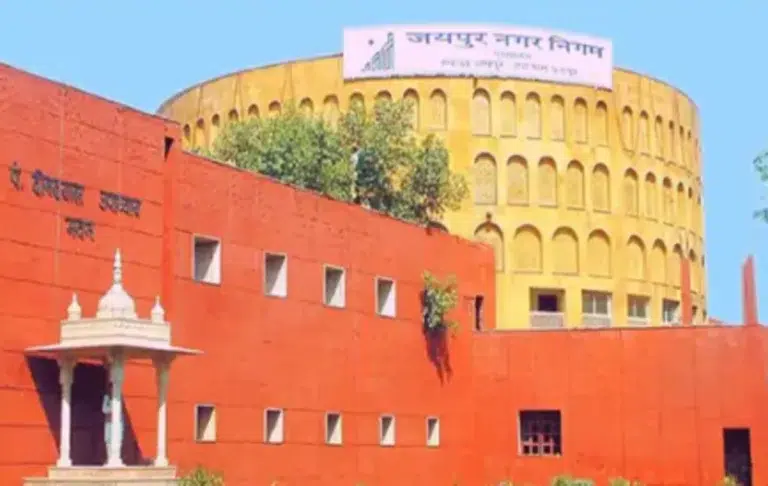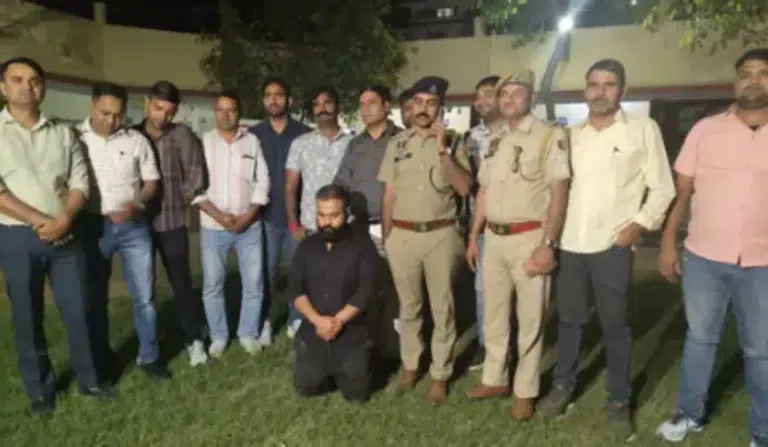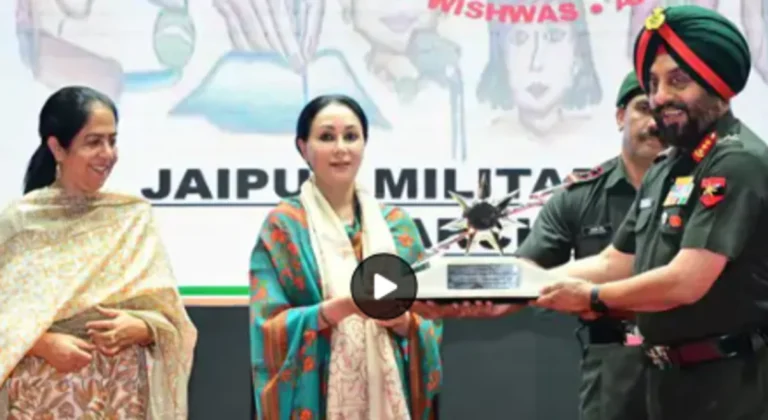In a sudden rash action in the midnight hour of Friday, the BJP-led Rajasthan government rolled back one of the important decisions of the erstwhile Ashok Gehlot administration, about the creation of two municipal corporations each in Jaipur, Jodhpur, and Kota. The Department of Autonomous Governance immediately issued notice for the dissolution of the dual-corporation system and streamlined the cities into a single municipal body each. This decision pulls back the number of municipal corporations in the state from 13 down to 10, a major transition in terms of urban governance.
In the presently ongoing civic elections, the condition now states that once voting for particular places is finalized, the jurisdiction above will appoint one mayor per city—no exceptions. The change has set the political cauldron on fire, and reactions are flying in from all camps.
A Controversial Legacy Undone
To rewind to the date of October 18, 2019, the Congress government under Gehlot decided to split the three major municipalities into two each, thereby doubling them. This was an idea to decentralize the administration and bring governance close to the people. Fast-forwarding to this day, the BJP has taken a diversionary thematic for argument, stating that a leaner system is an idea with more sense. The state has been bum-deep with ward reorganization and re-demarcation of city limits, so this feels more towards bordering on a grand revisioning.
A Pattern of Reversals
It is not the first rollback by the BJP. On December 28, the trio of divisions-Pali, Sikar, and Banswara-has seven districts in the deletion list: Dudu, Kekri, and Anupgarh. The said parts were included in Gehlot’s ambitious plan in August 2023, where he aimed at creating 19 new districts and three new divisions. Also, just a couple of days back, the government demoted 12 municipalities to that of panchayats. The BJP’s intent is quite clear to demolish very much most of the constructions of the predecessor.
What’s Changing on the Ground?
So what does this imply for the people of Jaipur, Jodhpur, and Kota? Here is the breakdown:
- Mayors, Councilors, and Wards: The term that the current municipal corporations are serving will extend till November, meaning that the two mayors still have their presence with their councilors. However, within two months, the ward reorganization will come to an end, and the numbers are going to shrink-Jaipur is decreasing from 250 to 150, while Jodhpur and kota will settle at 100 each.
- The BJP has constantly voiced its opposition to the dual-corporation model. To put it bluntly, the UDH and Autonomous Governance Minister Jhabar Singh Kharra said, “Mumbai fits eight cities like Jaipur and Runs fine with one Greater Municipal Corporation. What do we need two here for?” This, according to him, will reduce red tape and fast-track development.
- The Public’s Gain-or Pain? Depends on whom you ask. The opposition warns that larger wards will mean less access to local leaders- imagine a longer trek for a birth certificate or a noisier headache about potholes. The BJP’s argument is that a streamlined system with a single mayor will sharpen decision-making treks and smoothen development. The jury is still out on that one.
Numbers’ Game
Minister Kharra promulgated the new scheme: back to one hundred fifty wards for Jaipur, while Jodhpur and Kota each will have one hundred each. It takes a step back to a simpler past but is kicking up dust in Rajasthan’s political situation. With the election approaching and ward boundaries still not final, these next few months will test this gamble’s winning-or-leaving-the-public-to-pick-up-the-pieces consequences.




